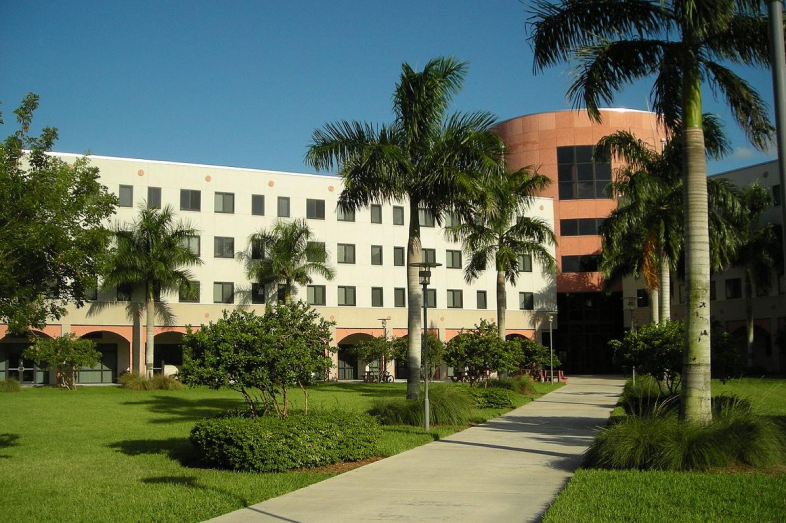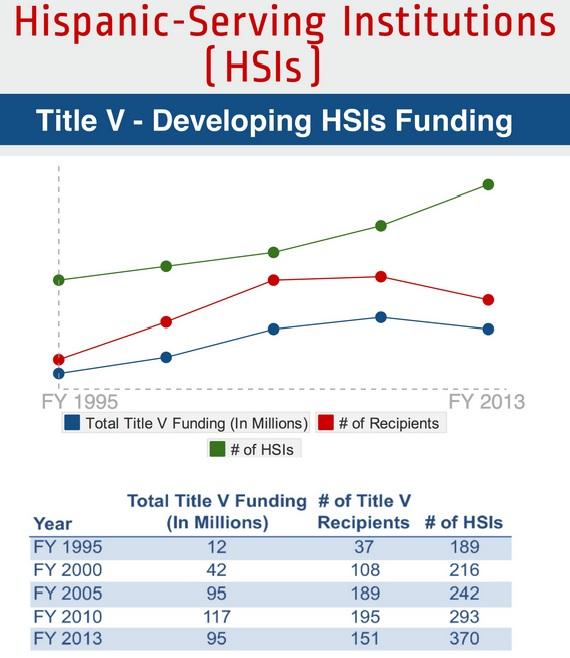

Since early November, American universities have entered the pool of applicants competing for federal funds to serve Hispanic students better.
Colleges looking to secure Title V funds for the Developing Hispanic-Serving Institutions, Hispanic-Serving Institutions STEM and Articulation, and Promoting Postbaccalaureate Opportunities for Hispanic Americans programs must first submit their annual performance reports to the U.S. Department of Education by Dec. 18.
HSIs are defined by Latino enrollment numbers, not institutional mission. The Department of Education defines them as an institutions of higher education with an enrollment of undergraduate full-time equivalent students that is at least 25 percent Hispanic. This must be true at the end of the award year immediately preceding the date of the application for Title V funds.
According to the Department’s website:
“Funds may be used for activities such as: scientific or laboratory equipment for teaching; construction or renovation of instructional facilities; faculty development; purchase of educational materials; academic tutoring or counseling programs; funds and administrative management; joint use of facilities; endowment funds; distance learning academic instruction; teacher education; and student support services.
NOTE: The Higher Education Opportunity Act of 2008 (HEOA) amended Section 503(b) of the Higher Education Act to include among the authorized activities under the HSI Program: activities to improve student services, including innovative and customized instruction courses designed to retain students and move the students into core courses; articulation agreements and student support programs designed to facilitate the transfer of students from two-year to four-year institutions; and providing education, counseling services, and financial information designed to improve the financial and economic literacy of students and their families.”
“This is a competitive program, with only about 25 percent of all institutions that meet basic HSI eligibility actually receiving funds, so receiving program eligibility does not guarantee funding,” said Deborah Santiago, vice president of policy for Excelencia in Education.
For some time, the independent nonprofit Excelencia has been tracking the number of institutions that meet basic HSI criteria, and those numbers have increased substantially — from 189 in 1994-95 to 370 in 2012-13, Santiago said in an email. Since that time, funding for the programs has also seen a dramatic rise.
Source: Excelencia in Education
Total Title V funding has increased by $83 million, or 692 percent. In fiscal year 1995, 20 percent of HSIs received funding, compared with 41 percent in 2013, according to Excelencia in Education.
Other facts about HSIs:
- HSIs are located in 15 states and Puerto Rico, with California having the largest number at 127, followed by Texas with 68.
- More than half — 61 percent — of HSIs accept all who apply, and the majority of students who attend are female.
- Florida institutions Miami Dade College and Florida International University graduated the most Latino students with associate and bachelor’s degrees, respectively, in 2013.
